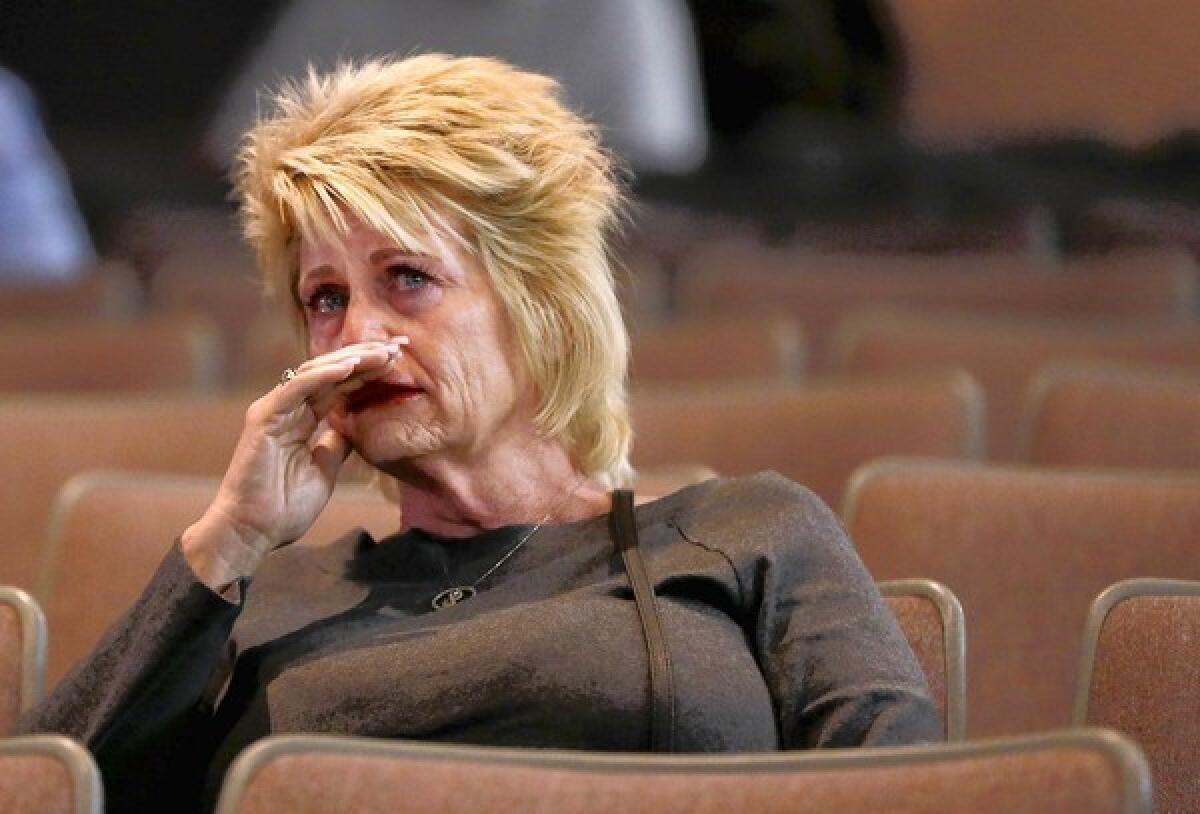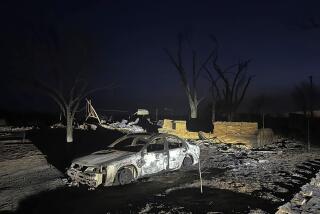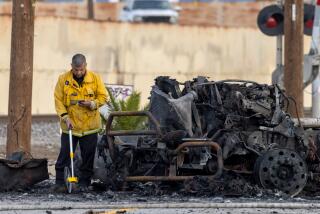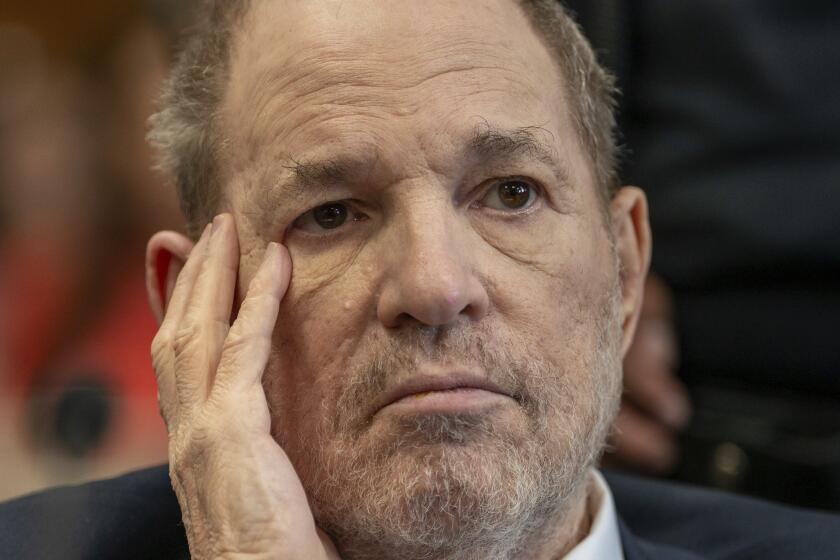No negligence found in deaths of 19 Arizona firefighters

PRESCOTT, Ariz. — Investigators found no evidence of recklessness or negligence in the battling of the Yarnell Hill wildfire that killed 19 Arizona firefighters in June, but acknowledged that the full story will never be known on the largest loss of firefighter lives since the Sept. 11, 2001, attacks.
“To lose all 19 and have them not talk … makes it a very tough situation and a very different investigation,” said Jim Karels, the leader for the Serious Accident Investigation Team.
The team, composed of local, state and federal investigators, released its 116-page report at a briefing Saturday in Prescott, where the Granite Mountain Interagency Hotshot Crew was based. A 20th member of that firefighting crew, a lookout, was separated from his comrades and survived.
“The judgments and decisions of the incident management organizations managing this fire were reasonable,” said the report, adding that the crew members had been appropriately rested and trained. “Firefighters performed within their scope of duty, as defined by their respective organizations.”
The report, which describes the events leading up to the moment on June 30 when the firefighters were overcome by flames reaching 2,000 degrees, notes several factors that contributed to the tragedy, such as wind, terrain and the firefighters’ movements. It does not pinpoint any one factor as the leading cause of their deaths.
It does note that at some point, 19 members of the fire crew left the “black” — areas already burned over that are considered a safety zone. The crew had options on where to move or even could have stayed in place, but the members continued on, taking a route that would have let them rejoin the fight more quickly, the report said.
It’s unclear, however, whether the crew had decided to sacrifice a little safety in order to fight the fire more aggressively as it neared Yarnell, a town in central Arizona. The report found that many structures in Yarnell, which lost 100 homes, were not defendable.
Investigators said they would probably never know what prompted the crew’s actions.
“We don’t know that information,” Karels said. “We don’t have it. That decision-making process is with those 19 men.”
In addition, radio communication was a challenge during the wildfire, according to the report.
Some radios were not programmed appropriately. Although the crew was able to manage a work-around by the end of the day, at one point it was out of radio contact for about 30 minutes, the report said.
Even when the radios worked, communication was an issue, said Mike Dudley, co-leader of the investigation team.
“There was a lack of communication that occurred even when people were talking,” he said. At times there seemed to be confusion as to what weather pattern was occurring and when.
In harrowing detail, the report describes what is known of the crew’s last moments:
Around 4 p.m., fire officials heard that the Granite Mountain crew was headed for safety.
But at 4:39 there came a frantic SOS asking for help.
“Yeah, I’m here with Granite Mountain Hotshots; our escape route has been cut off,” said Eric Marsh, 43, the crew’s superintendent, sounding panicked. “We are preparing a deployment site and we are burning out around ourselves in the brush, and I’ll give you a call when we are under the sh — the shelters.”
But Marsh never called back.
Firefighters hide under the fabric-like shelters, lying flat on the ground, only as a last-ditch attempt to survive.
A torrent of fire moving 10 to 12 mph — at least as fast as a human running a six-minute mile — raced toward the firefighters. The men had only about two minutes to deploy their shelters once it became apparent they were trapped.
The fire covered the last 100 yards to reach the men in 19 seconds.
Some men, including Marsh, didn’t even have time to get all of the way under their shelters.
Investigators said all official policies appeared to have been correctly followed. When asked whether the deaths suggested that policies and procedures need to be changed, they answered only that the fire would continue to be studied for possible lessons for years.
Earlier Saturday, fire investigators briefed family members of the fallen firefighters in what was described as an emotional meeting.
Family members were angry, frustrated and overcome with a sense of loss, Dudley said. “It was a very difficult time.”
A spokesman for the widows of two firefighters — Billy Warneke, 25, and Andrew Ashcraft, 29 — said they didn’t want to comment on the report.
At least two relatives of the fallen firefighters showed up at the media briefing.
David Turbyfill, father of Travis Turbyfill, 27, stood up and questioned the investigators about the fire shelters provided to the crew.
“I know there are materials that are available that will protect these guys,” he said, urging officials not to wait years before designing new shelters. “Are we going to do something soon? ... Don’t send them into a fire without the proper protection gear.”
Seconds later, Travis Turbyfill’s stepmother stood up and gave an emotional plea.
“What we implore is to give us the information. So this tragedy never happens again,” she said. “Please cut through the red tape. Help us, please. Give us the information we need to change this.”
Carcamo reported from Prescott, Pearce from Los Angeles.
More to Read
Start your day right
Sign up for Essential California for news, features and recommendations from the L.A. Times and beyond in your inbox six days a week.
You may occasionally receive promotional content from the Los Angeles Times.








